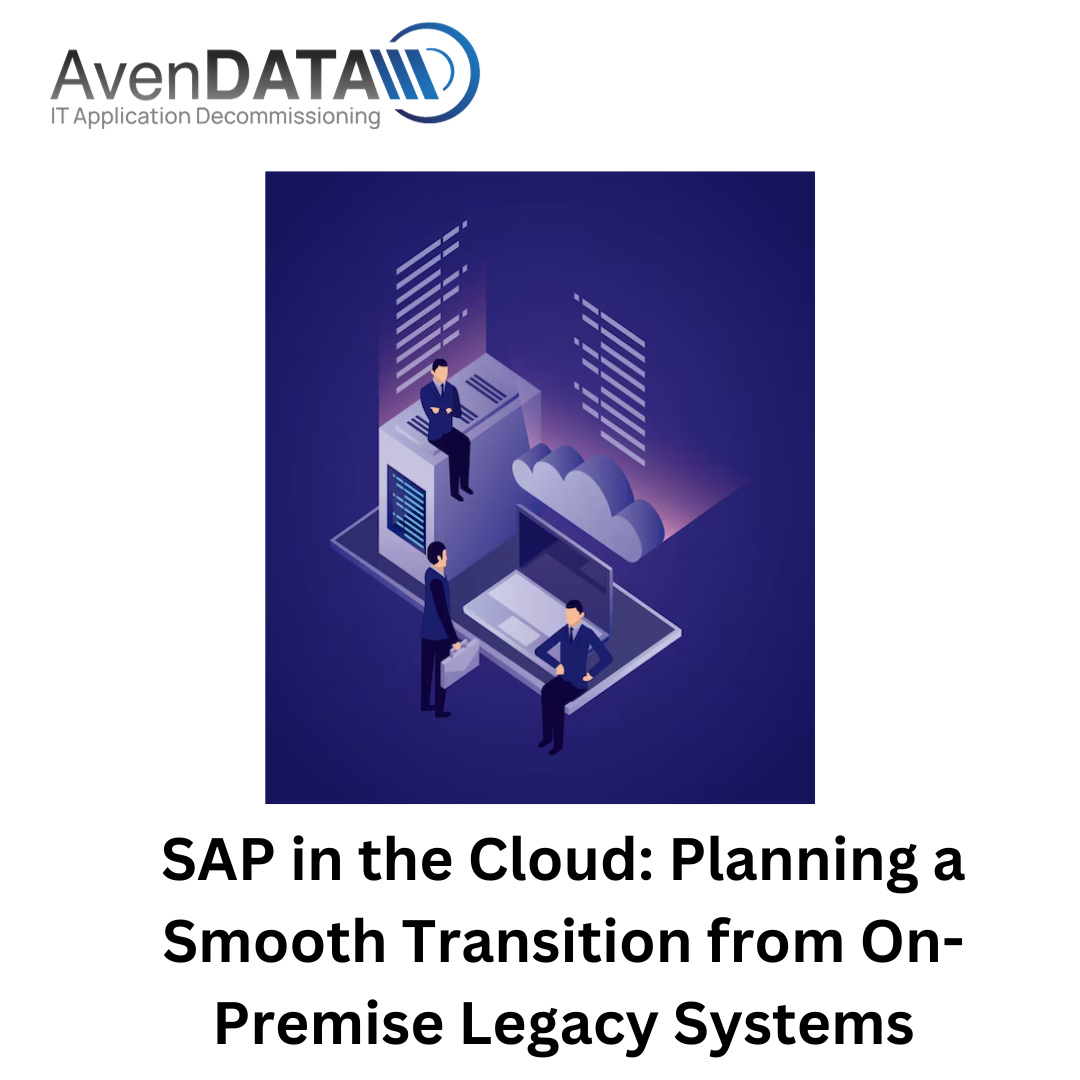SAP in the Cloud: Planning a Smooth Transition from On-Premise Legacy Systems
 james jonas
james jonas
Introduction:
In the dynamic landscape of enterprise technology, the migration of SAP systems to the cloud has become a strategic imperative for organizations seeking agility, scalability, and enhanced efficiency. As businesses embark on this transformative journey, the key to success lies in meticulous planning and execution, especially when transitioning from on-premise legacy systems. In this blog, we delve into the intricacies of planning a seamless transition to SAP in the cloud, unlocking new possibilities while preserving the essence of legacy investments.
Embracing the Cloud Advantage:
1.The Cloud Imperative: Understanding the Shift in SAP Paradigm:
- Explore the fundamental shift from on-premise to cloud-based SAP solutions, emphasizing the advantages that cloud infrastructure brings to scalability, accessibility, and overall operational efficiency.
2.Breaking Down Cloud Myths: Dispelling Misconceptions in SAP Migration:
- Address common misconceptions surrounding cloud adoption for SAP systems, fostering a clear understanding of the benefits and dispelling myths that may hinder the migration process.
Strategic Planning for Cloud Migration:
1.Assessing Legacy Readiness: Conducting a Comprehensive System Audit:
- Guide organizations in conducting a thorough assessment of their legacy systems, ensuring that the existing infrastructure is ready for the cloud migration journey.
2.Tailored Cloud Solutions: Matching SAP Offerings with Organizational Needs:
- Highlight the importance of aligning SAP cloud offerings with specific organizational needs, emphasizing the need for a tailored approach to maximize the benefits of cloud migration.
Navigating Data Migration Challenges:
1.Data Integrity in Transit: Ensuring a Secure Migration Process:
- Discuss the critical aspect of data integrity during migration, offering insights into strategies and tools that ensure a secure and error-free transfer of data to the cloud.
2.Data Transformation Strategies: Enhancing Data Accessibility and Usability:
- Explore strategies for transforming data during migration, ensuring that information remains accessible and usable in the cloud environment while maintaining compatibility with SAP solutions.
User-Centric Approach:
1.User Training and Engagement: Preparing Teams for Cloud Adoption:
- Advocate for a user-centric approach, focusing on the importance of training and engaging teams to ensure a smooth transition and maximize user satisfaction with the new cloud-based SAP systems.
2.User Feedback Mechanisms: Establishing Continuous Improvement:
- Introduce mechanisms for gathering user feedback post-migration, creating a loop of continuous improvement to address user concerns and enhance the overall user experience.
Overcoming Integration Challenges:
1.Seamless Integration with Existing Systems: Bridging On-Premise and Cloud Environments:
- Address challenges related to the integration of on-premise and cloud systems, providing strategies for seamless connectivity and ensuring the coexistence of diverse environments.
2.Third-Party Integration: Leveraging Ecosystem Partnerships for Efficiency:
- Explore the benefits of third-party integrations, showcasing how organizations can leverage partnerships with ecosystem providers to enhance the functionality of SAP systems in the cloud.
Compliance and Security Considerations:
1.Regulatory Compliance: Adhering to Industry Standards in the Cloud:
- Highlight the importance of regulatory compliance in cloud migration, offering insights into industry standards and best practices to ensure organizations adhere to relevant regulations.
2.Cybersecurity Measures: Fortifying SAP Systems in the Cloud:
- Discuss cybersecurity measures that organizations can implement to fortify SAP systems in the cloud, emphasizing the need for robust security protocols to safeguard sensitive information.
Continuous Optimization:
1.Post-Migration Analysis: Conducting Performance Assessments and Tweaks:
- Encourage organizations to conduct post-migration analyses, allowing them to assess performance, identify areas for improvement, and implement tweaks to optimize the cloud-based SAP environment continually.
2.Evolving with Cloud Advancements: Staying Ahead of Technological Trends:
- Emphasize the need for organizations to stay abreast of technological advancements in cloud solutions, ensuring that their SAP systems evolve in tandem with the ever-changing landscape of cloud technologies.
Conclusion: A Smooth Soar to New Heights
As organizations embark on the journey to migrate SAP systems to the cloud, meticulous planning and a strategic approach are paramount. The transition from on-premise legacy systems to SAP in the cloud represents more than a technological shift; it is an opportunity to unlock new possibilities, streamline operations, and position the organization for future success. By crafting a seamless migration strategy that considers every aspect of the process, organizations can soar to new heights in the cloud, reaping the benefits of enhanced efficiency, scalability, and innovation.
Subscribe to my newsletter
Read articles from james jonas directly inside your inbox. Subscribe to the newsletter, and don't miss out.
Written by
